Absolute Power
Years ago I was attracted to Aromatherapy by a rather simple advertisement offering courses at the LSA. As a herbalist and naturopath by inclination, I was rather intrigued by the thought of smell, odour, fragrance being used as a therapy. When I came to undertake training I was rather surprised to find so much emphasis laid on massage rather than smell. Others I know have had similar experiences. Ask around a few friends and often you come up with the definition of Aromatherapy as something like “a massage with essential oils”.
The foundation of our modern therapy owes its roots to Eastern Europe and to the seminal work of Margaret Maury “Le Capital ’Jeunesse ”, written way back in 1961. In this work at least, she does not emphasise massage too much but gives emphasis to dietetics. She also states that essential oils, administered through the skin, should be concentrated on the appropriate reflex zone. She does, of course, give good credence to aroma alone, pointing out that odour takes the path of nerve ending which lead directly to the central nervous system. Today this may seem very fundamental but it is still often overlooked in the interpretation of Aromatherapy as being so closely linked to massage. Margaret Maury, in her discussion of dietetics, makes note of the fact that taste and smell are so closely interlinked. Perhaps it is true to say that the majority of what we call taste is in fact smell. Listen to any wine taster’s description to prove the truth of this statement!
There are many myths in Aromatherapy, many of them around the idea of toxicity. The European Union, in its desire to reduce personal risk and emphasise state control without responsibility, has grievously damaged the image of essential oils by highlighting risk and so called allergens in cosmetic and perfumery legislation. When the facts are closely examined, we find that toxicity, based on LD50 tests, shows that massive substantial volumes must be consumed orally to have any toxic effect. It is true to say that nothing is without risk and there will always be someone, somewhere who reacts to something and you cannot legislate yourself out of every conceivable situation.
Increasingly, aromatherapists disturbed by such negative information are either reducing reliance on essential oils, turning more to herbal oils which after all is a satisfactory route, or are reconsidering the position of using aroma alone as a treatment. In the latter case, absolutes are also becoming increasingly popular. Aromatherapy has a strange relationship with absolutes. As with essential oils, many of them are used as flavouring agents for foods, hence the point I raise about toxicity. Few of us realise that our sausages are flavoured with essential oils, yoghurt is flavoured with essential oils, invariably they crop up in liqueurs and other alcoholic drinks. Absolutes, too, with their strong characteristics, are used throughout the flavouring and food industry. Sometimes the substances are used in substantial amounts. They too are subject to legislative control and it seems a little ludicrous that cosmetics become more regulated than food!
If our interests become centred on aroma therapy, in other words the use of fragrance, then some aromatherapists have to revise their view of the materials that they use. For example essential oils are often bought as cheap commodities, in effect being little more than massage aids. On the other hand, the more informed aromatherapist will seek out true or authentic essential oils at much more expensive prices because they feel there is a communication between plant and mankind or they feel that there is a certain energy that is recognisable by the nervous system in the excitation of the molecules present in the fragrance for the dynamics of the plant. Undoubtedly fragrance alone has an effect from whatever source.
Following the idea that Robert Tisserand first advanced that absolutes have strong psychotherapeutic properties, I have always been entranced by their effect. Many years ago I attended a seminar hosted by Teddy Fearnhamm for Pierre Franchomme, at which he advanced some interesting theories about essential oils and their use not only in psychotherapeutic work but in skin care. Since then, of course, we have seen a number of commercial upmarket cosmetic companies using absolutes as actives within their anti ageing or other skin care ranges.
Another intriguing use of absolutes was promoted some years ago by Caroline Ingraham in her work with horses. I noted within the workshops I conducted alongside her that many people reported total acceptance by the horse of the aroma of various absolutes and that the horses were quite happy to lick away certain types of absolutes. All this continued to stimulate my interest in these substances.
Not all aromatherapists are at all happy in using absolutes. This is something that had been put forward to me even in my early training. Absolutes were not thought to be good for you, shouldn’t be used in therapy etc. I never did quite go along with the idea that smelling absolutes did some sort of harm. I did, and still do, recognise that the means of producing absolutes through solvent extraction is probably not the best way of doing things. However CO2 extraction could be considered akin to an absolute.
For many years I have suggested, because I have homeopathic tendencies, that using absolutes on really ill people, those with a really depressed immune system, might not be a good idea. The reason for this is because even small amounts of the solvent hexane that might still be present could trigger an undesirable effect. However I have also stated that for me in good health, full of life and vigour with a healthy liver, I should be more than capable of dealing with this most minute fraction. After all, human kind is built to deal with most forms of toxicity and anyway, aroma alone can do so much for us. Simply toying with something that has a desirable odour is going to affect our CNS.
Thanks to Franchomme I became introduced to a wide variety of absolutes. To my horror I discovered that absolutes are more adulterated than essential oils ever were. Most absolutes are by definition a perfume material. Some of the things I found out on my journey were that most Rose absolutes were made to a brand standard with many synthetic components. This was amusing in a sense that whilst most aromatherapists decry the use of absolutes they seem to make exception for Jasmine and Rose which for some mysterious reason seem to behave differently. One could be quite cynical and suggest that Jasmine Enflurage is impossible to obtain and that Rose Absolute happens to be a lot cheaper than the real Otto. The widespread use of Rose and Jasmine by aromatherapists does suggest that caution against the uses of absolutes are a little overdone.
Another lesson I learned was, for example, that Seaweed can really mean anything. After all, with an absolute you are buying a smell and simply that. So for example, if Spinach smells like Violet Leaf, then Violet Leaf can be cut or even substituted by Spinach. It took me a long, long time to provide a selection of really natural absolutes and they are becoming increasingly rare. Few perfumers use naturals and present day EU legislation makes it likely that even less will be used in the future. You have to go a long way to find really genuine absolutes. The traders in absolutes in Aromatherapy probably haven’t too much of a clue. After all, when you buy an absolute the first thing that someone will ask you in the business is at what percentage, indicating straight away that the material is going to be cut with something. It could be anything from additional synthetic chemicals, such as damascenone for Rose or even alcohol to make the product cheaper. It’s always a hard truth to swallow but you only get what you pay for. The British consumer, brought up on supermarkets and cheap food policy, still finds this very hard to accept.
One of the good things about absolutes is that they are an investment because you are not always mixing them or using them in body work but rather using them as a smell. For example I found that Flouve is something that my nose can play with for hours. It is a very complex odour. As I keep emphasising, getting real absolute of Flouve isn’t really easy. It is supposed to come from Alpine grass which includes the grass seeds. There are many imitations about. You get the real stuff and it is, for me at least, quite amazing. Using Flouve in a blend would require something well below 1% and it can be perceived unmistakeably even around 0.1%.
People have asked me to write a book on absolutes in the same way that one sees books on essential oils. I really see no purpose in this at all as for psychotherapeutic use it is a question of what a person feels is doing good to them, for whatever reason. Why should I, for example, be so interested in Flouve? Frankly I don’t know and I don’t really care – it just makes me feel good. Another one that I love and certainly use in a variety of blends to give them fullness and roundness is Osmanthus which comes from the same family as Jasmine and Lilac.
To illustrate the concentrated power of an absolute, it is good to remember that 3,000 kilos of Osmanthus flowers will only yield 1 kilo of useable material. Osmanthus is one of those materials that you can easily over use. It has a tenacious sweet, green fragrance that will overpower everything if you use it at more than 0.5%. However it can easily be appreciated by simply smelling it from the bottle. I can almost feel the pundits saying “Ah, yes, but if you smell absolutes for long enough it will give you a headache”. Well in some cases that may be true. So if it gives you a headache, don’t do it. Let’s not make an issue out of something so relatively simple.
Reference to the Internet and IFRA data will soon tell you which materials are a little on the heady side and are not supposed to be good for you. Common sense tell you that if blending materials, as with essential oils, a well ventilated area if preferred to an enclosed area.
Other favourite absolutes of mine include
Bran – surprisingly fragrant and extremely cheerful.
Mate – with some rather serene green notes
Tonka – which I could eat (metaphorically, so don’t try it!)
Remember that absolutes are designed to be diluted. There is no reason at all, and it is in fact good practice, to buy a small volume and then dilute it into alcohol – say to create a rack of efficacious aromas. A good or simple rule of thumb is to add four parts alcohol to one part of absolute. Most absolutes do not dissolve into vegetable oils. However some, such as Rose or Jasmine, will blend into vegetable oils. This is not necessarily the same thing. Many books recommend diluting essential oils into vodka. As I have emphasised in many articles, quality counts – especially with vodka. In the US in some states there is a material called Everclear which is like a pure spirit and that has an alcohol content that is good enough into which to dilute absolutes. In Europe and the UK look out for pure Polish spirit, which comes in at 120 and 140 proof. Tame vodkas that you find in supermarkets are frankly not good enough. Anything less than 40% volume of alcohol is next to useless. Of course commercial companies, providing they obtain the right approvals, will use industrial ethanol. Certain companies in Aromatherapy offer bases that are specifically to be used for the dilution or dispersion of materials such as absolutes.
Certainly absolutes have a role in aroma therapy. My records suggest that there are certain trends in aromas that give fairly regular emotional responses. Aroma is however so much intimately tied with memory that absolutes have a habit of restoration of equilibrium by association. If you have fond memories of Africa, Kara-Karundi would be a good choice. If you like the English countryside, try Hay. There is a great pleasure in working with absolutes and moving on into the world of perfumery. Absolutes try, just as essential oils do, to catch the essence or flavour of the plant or flower. This potential energy is held in and by its aroma. Often this aroma is not recognised until the material is taken back and diluted to an acceptable level. We are only at the beginning of re-learning how our senses react to the stimulus that odours give us. Let us not get so exercised about negativity about our natural world that we legislate ourselves into a sterile environment that provides not beauty or excitement or sensory stimulation but, I accept, does provide unending pension and employment for committee after committee of bureaucrats.
© Jan Kusmirek 2004

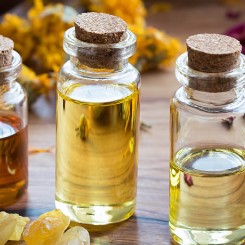 Essential Oils
Essential Oils
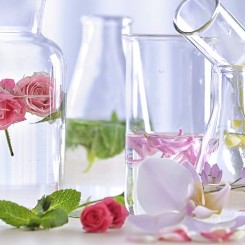 Hydrolats, Hydrosols, Floral Waters
Hydrolats, Hydrosols, Floral Waters
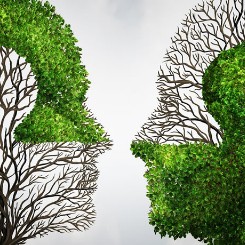 Synergies
Synergies
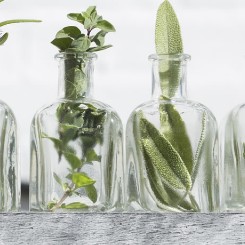 Herbal Oils
Herbal Oils
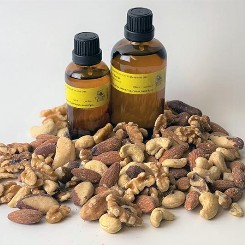 Vegetable Oils
Vegetable Oils
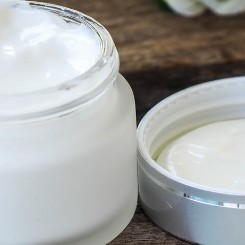 Bases
Bases
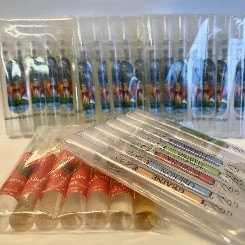 Books, Kits and Trial Packs
Books, Kits and Trial Packs
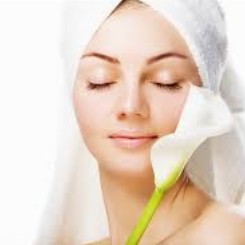 Skincare
Skincare
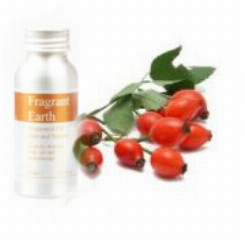 Body Care Oils
Body Care Oils
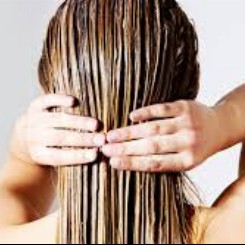 Hair Care
Hair Care
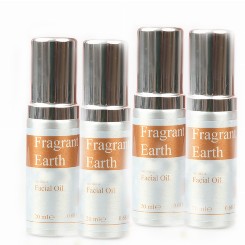 Facial Oils
Facial Oils
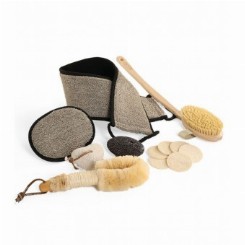 Eco Bath
Eco Bath
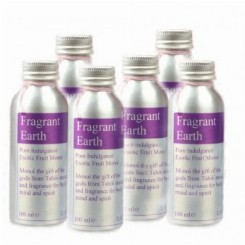 Pure Indulgence
Pure Indulgence
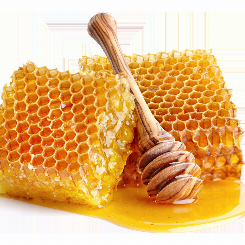 Honey, Beeswax & Propolis
Honey, Beeswax & Propolis
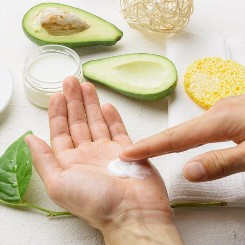 Handcream
Handcream
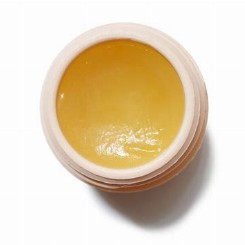 Balms, Salves & Ointments
Balms, Salves & Ointments
 Oral Care
Oral Care
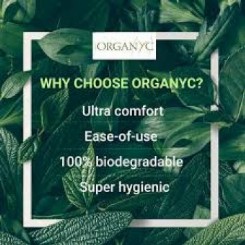 Feminine Hygiene
Feminine Hygiene
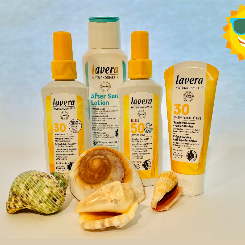 Sun Care
Sun Care
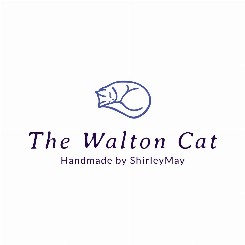 The Walton Cat
The Walton Cat
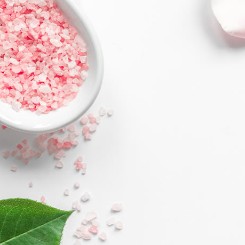 Bath Salts
Bath Salts
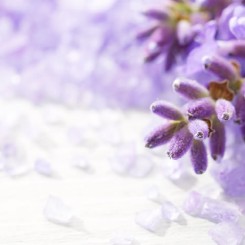 Somerset Lavender
Somerset Lavender
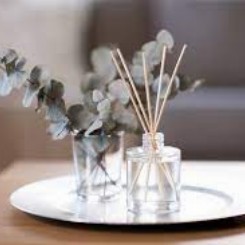 Diffusers
Diffusers
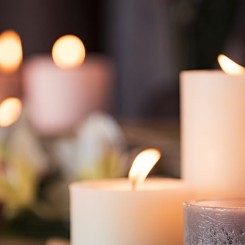 Candles
Candles
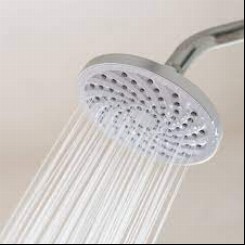 Shower Gel
Shower Gel
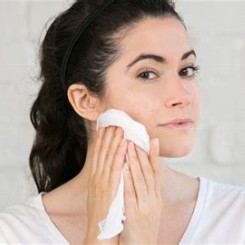 Soap
Soap
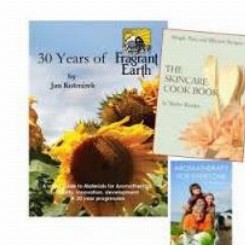 Books
Books
-245x-245x.jpg) Aromatic Waters
Aromatic Waters
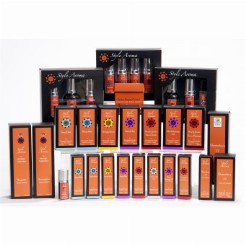 Style Aroma
Style Aroma
 Synergy Blends
Synergy Blends
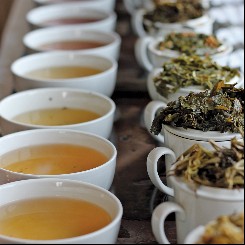 Miles Speciality Teas & Coffees
Miles Speciality Teas & Coffees
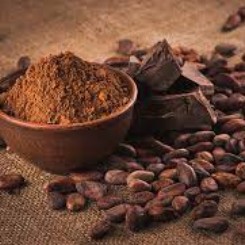 Chocolate one of life's passions
Chocolate one of life's passions